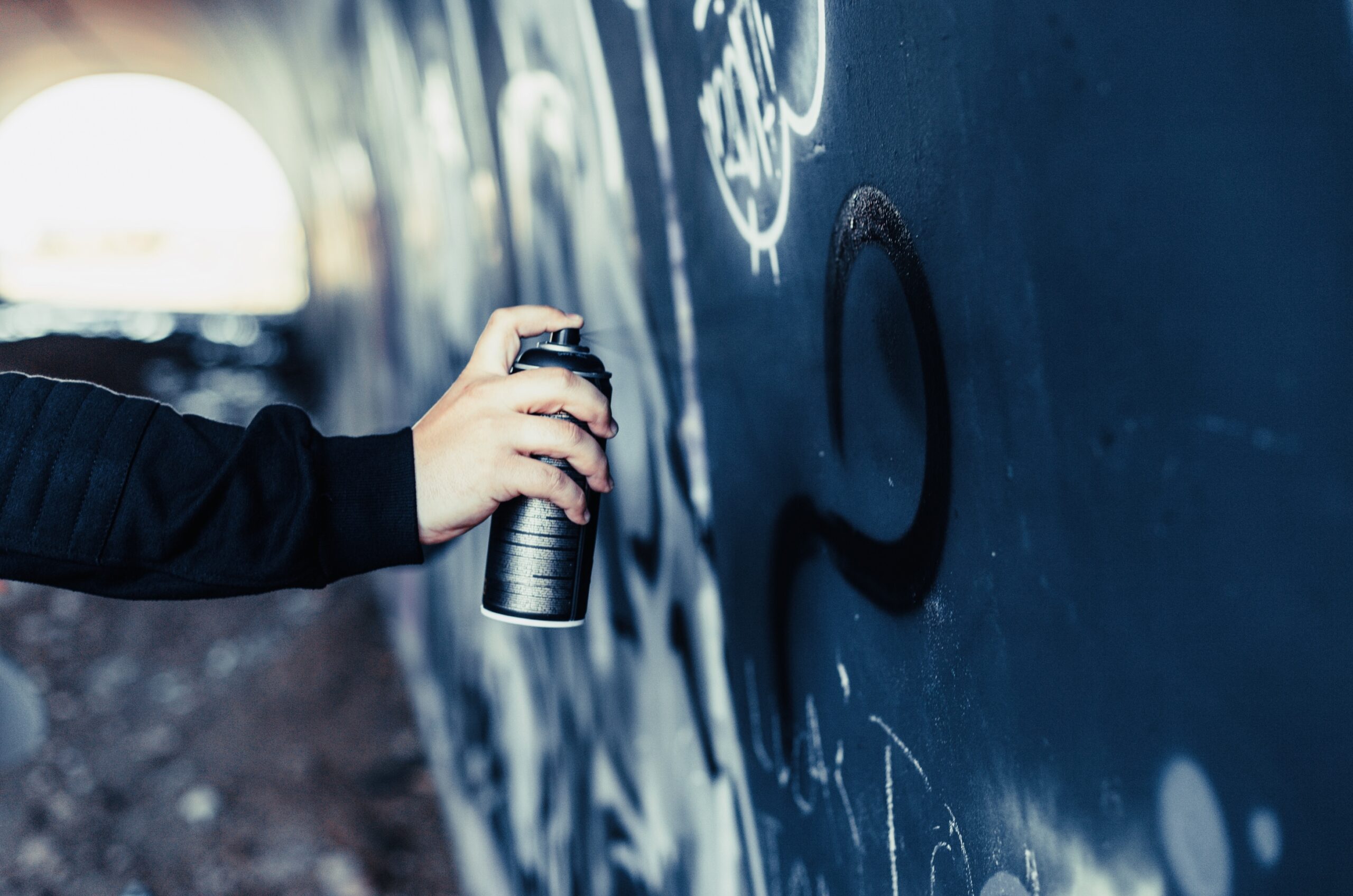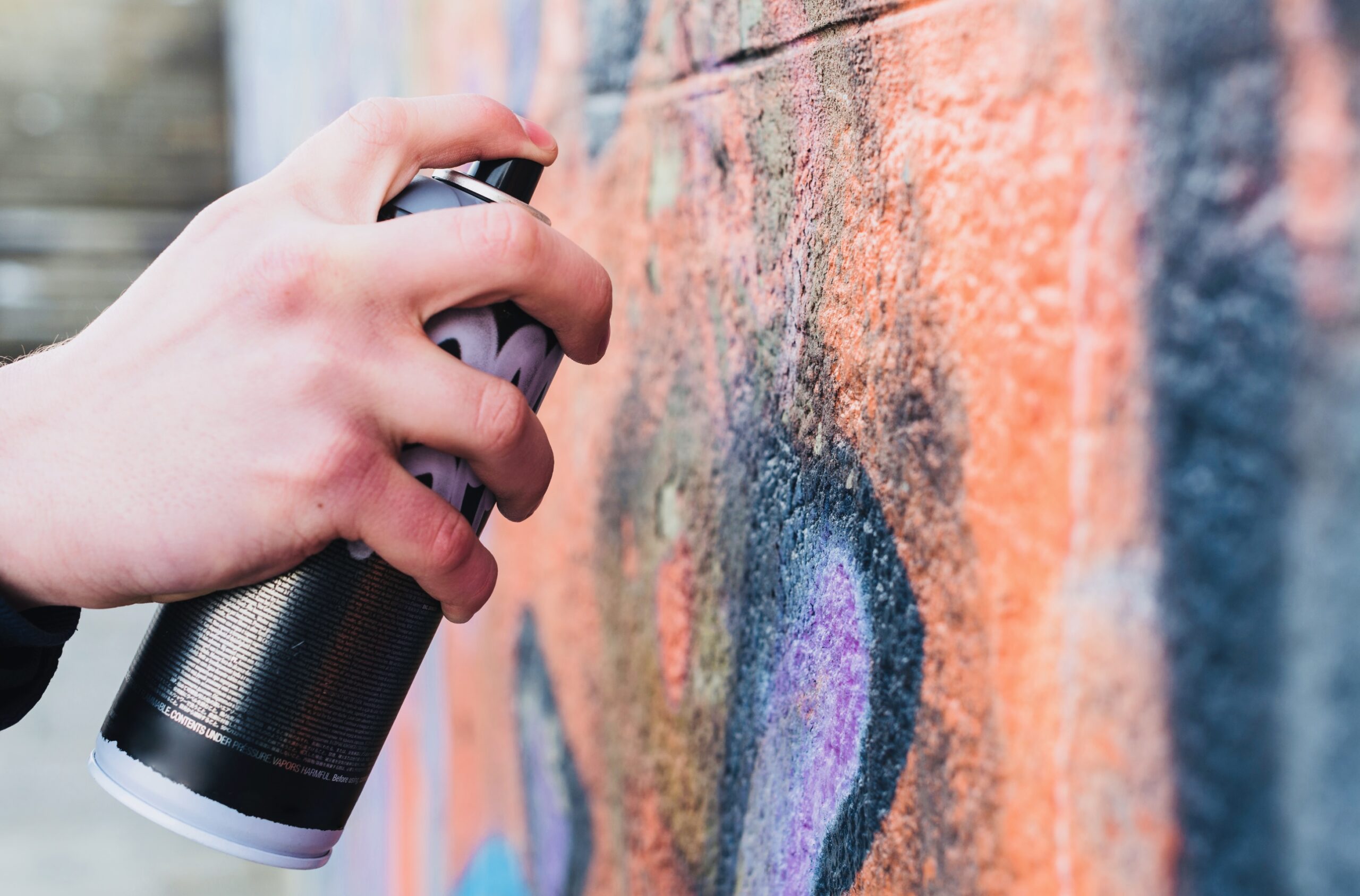Enhancing Surfaces: Exploring the Art of Can You Spray Paint Over Powder Coat
Powder coating has long been celebrated for its durability and resilience in protective coatings. Can You Spray Paint Over Powder Coat? However, the desire to polish your surfaces or add a personal touch often leads individuals to wonder about the compatibility of spray paint with powder coat.

In this comprehensive guide, we’ll unravel the intricacies of this process, providing a step-by-step tutorial, comparing different methodologies, exploring paint compatibility, and shedding light on the nuances of removing powder coating.
Can You Spray Paint Over Powder Coat
Powder coating’s robust finish can pose challenges for those seeking a change of color or appearance. The question lingers: Can You Spray Paint Over Powder Coat? The answer lies in understanding the interplay between spray paint and the existing powder coating. Addressing concerns about adhesion, durability, and aesthetics is essential to determine whether this transformation is feasible and effective.
How to Spray Paint Over Powder Coat: Step-by-Step Guide
Exploring the journey to spray paint over powder coat requires precision and a systematic approach. Spray painting over a powder coat involves a systematic process to ensure a smooth and durable finish. Follow this step-by-step guide for a successful transformation. Each phase is crucial in ensuring a seamless and professional-looking finish that stands the test of time.
Surface Preparation
- Begin by thoroughly cleaning the powder-coated surface.
- Remove any dirt, grease, or contaminants using a mild detergent or a dedicated surface cleaner.
- For stubborn residues, consider using a solvent-based cleaner.
- Rinse the surface and allow it to dry completely.
Sanding
- Gently sand the powder-coated surface with fine-grit sandpaper (around 220 to 400 grit). The goal is to create a slightly rough texture, promoting better adhesion for the new paint.
- Be cautious not to sand too aggressively, as excessive abrasion may compromise the underlying powder coat.
Masking
- Use masking tape and protective coverings to shield areas you don’t want to paint. This step is crucial for achieving clean and defined edges.
- Take your time during masking to ensure precision and avoid overspray.
Primer Application
- Apply a high-quality primer designed for metal surfaces. The primer serves as a bonding agent between the existing powder coat and the new paint.
- Follow the manufacturer’s instructions for application, including drying times. Multiple thin coats are often more effective than a single thick coat.
Selecting the Right Paint
- Choose a paint compatible with the primer and the powder coat. Acrylic or Enamel-based spray paints are commonly used for this purpose.
- Consider high-temperature paint if the coated object will be exposed to elevated temperatures.
Applying the Paint
- Hold the spray can consistently from the surface (usually 8 to 12 inches) and apply the paint in even, overlapping strokes.
- Start spraying slightly before the surface and continue slightly beyond to avoid uneven coverage.
- Apply multiple thin coats, allowing each coat to dry before applying the next.
Drying and Curing
- Allow the final coat of paint to dry thoroughly according to the paint manufacturer’s recommendations.
- After drying, consider curing the paint by baking the object if the paint type and the object allow it.
- Follow the specific curing instructions for optimal durability.
Finishing Touches
- Once the paint has cured, remove any masking tape and protective coverings carefully.
- Inspect the painted surface for any imperfections or uneven areas.
- Touch up as needed and ensure that the finish meets your expectations.
Post-Painting Care
- Be mindful of the curing time before subjecting the painted object to heavy use or exposure.
- Additionally, follow any maintenance recommendations provided by the paint manufacturer to prolong the life and appearance of the newly painted surface.
You can successfully spray paint over powder coat by following these steps with precision and patience, achieving a vibrant and customized finish that complements your aesthetic preferences.
What Is the Best Way to Paint Over a Powder Coat?
Not all paint applications are created equal. In this section, we’ll compare various methods for painting over powder coats. Whether it’s conventional spray paint, high-temperature paint, or specialized coatings, evaluate each option based on durability, ease of application, and overall effectiveness. With this knowledge, you can make an informed decision tailored to your needs.

Ways to Remove Powder Coating: Step-by-Step Guide
Before applying a new coat of paint, knowing how to remove the existing powder coating is imperative. Removing powder coating requires a systematic approach to ensure a clean and effective result.
This guide outlines step-by-step procedures for safely and effectively stripping powder coating from surfaces. From chemical stripping to abrasive methods, we cover the spectrum of techniques available, ensuring a clean canvas for your new artistic endeavor.
Here’s a step-by-step guide outlining different techniques:
Chemical Stripping
Materials Needed:
- Chemical paint stripper
- Chemical-resistant gloves
- Paintbrush or applicator
- Plastic scraper
Procedure:
- Apply the chemical paint stripper generously over the powder-coated surface using a paintbrush or applicator.
- Allow the stripper to dwell on the surface according to the manufacturer’s recommendations.
- Use a plastic scraper to lift and gently remove the softened powder coating. Be cautious not to damage the underlying substrate.
- Repeat the process if necessary, and thoroughly rinse the surface with water to remove any residue.
Mechanical Abrasion
Materials Needed:
- Sandpaper (medium to coarse grit)
- Sanding block or orbital sander
- Safety goggles and gloves
Procedure:
- Begin by sanding the powder-coated surface using medium to coarse grit sandpaper. This mechanical abrasion helps break the adhesion of the powder coating.
- Use a sanding block or orbital sander for larger surfaces, ensuring even and controlled abrasion.
- Continue sanding until the powder coating is completely removed and the underlying substrate is visible.
- Clean the surface to remove any sanding residue.
Thermal Stripping
Materials Needed:
- Heat gun or infrared paint stripper
- Safety gear (gloves and eye protection)
- Scraper or putty knife
Procedure:
- Apply heat to the powder-coated surface using a heat gun or infrared paint stripper. Move the heat source consistently over the surface to soften the powder coating.
- Once the coating is softened, use a scraper or putty knife to lift and remove the softened material gently.
- Exercise caution to avoid overheating, which can damage the substrate. Work in small sections, if necessary.
- Clean the surface to remove any residual material.
Burn-Off Oven
Materials Needed:
- Access to a burn-off oven
- Safety gear (heat-resistant gloves and eye protection)
Procedure:
- Place the powder-coated object in a burn-off oven designed for this purpose.
- Heat the object to a temperature that allows the powder coating to burn off without damaging the substrate.
- Once the coating has burned off, remove the object from the oven and let it cool.
- Clean the surface to remove any remaining residue.
Chemical Solvents
Materials Needed:
- Chemical solvent (methylene chloride-based)
- Chemical-resistant gloves
- Paintbrush or applicator
- Plastic scraper
Procedure:
- Apply the chemical solvent directly onto the powder-coated surface using a paintbrush or applicator.
- Allow the solvent to penetrate the coating, softening it for removal.
- Use a plastic scraper to lift and remove the softened powder coating.
- Thoroughly clean the surface with water to remove any residual solvent.
Media Blasting
Materials Needed:
- Abrasive media (sand, walnut shells, or other blasting media)
- Sandblasting equipment
- Safety gear (respirator, gloves, and eye protection)
Procedure:
- Use a sandblasting or media blasting process to remove the powder coating.
- Adjust the blasting media and pressure according to the substrate material to avoid damage.
- Ensure even coverage and periodically check the progress to prevent over-blasting.
- Clean the surface to remove any blasting media residue.
Note: Always follow safety guidelines and use appropriate personal protective equipment when employing these methods. Choose the approach that best suits the material and size of the object being stripped.
Which Paint Will Stick to Powder Coating:
Understanding paint compatibility is essential for the success of your spray painting venture.
- Dive into paints, primers, and coatings that form a lasting bond with powder coating.
- Learn about the chemical interactions that contribute to adhesion and discover the suitable materials to ensure your new coat not only sticks but endures over time.
Bottom Line
In conclusion, spray painting over powder coat is a nuanced process that demands careful consideration and adherence to best practices. By following this comprehensive guide, which is the answer to a frequent search topic: Can You Spray Paint Over Powder Coat, you’ll achieve the desired aesthetic transformation and ensure the longevity and durability of the newly painted surface.
The interplay between preparation, choice of materials, and technique is critical to unlocking the full potential of this versatile and customizable approach. Elevate your surfaces and unleash your creativity with the fusion of powder coat and spray paint.
Happy Painting!

